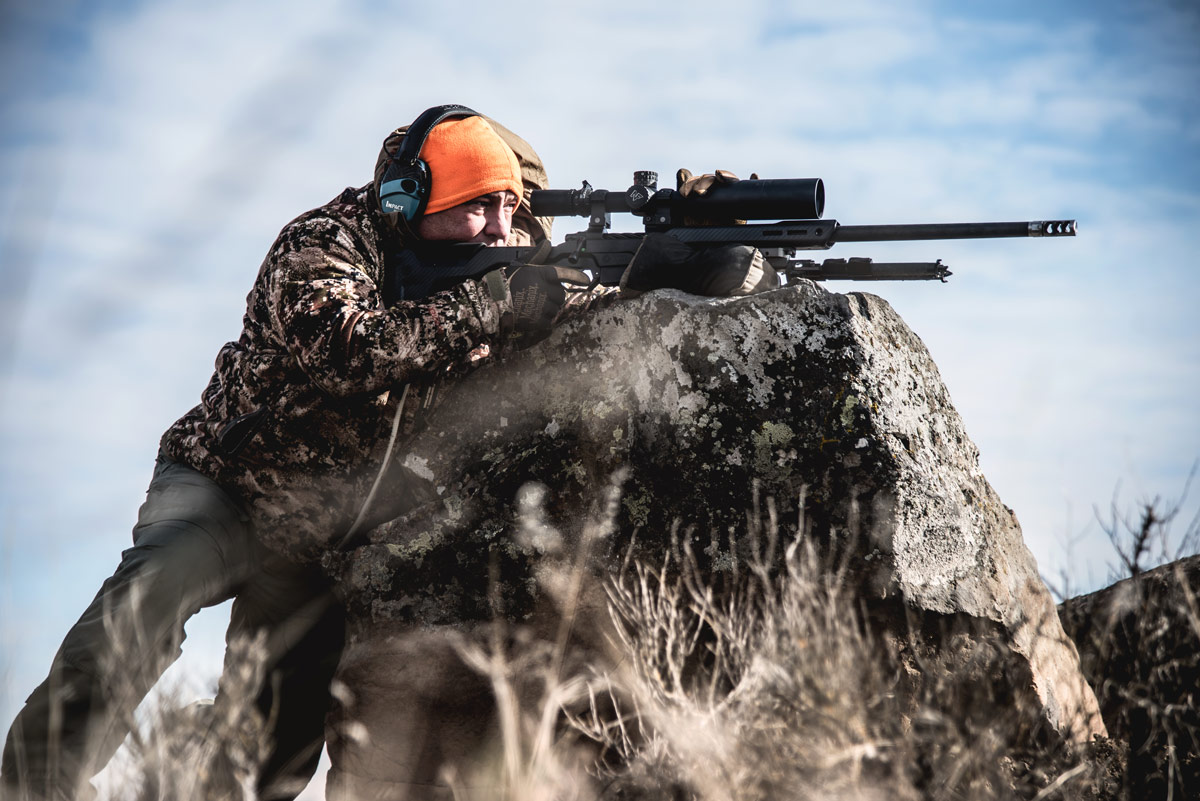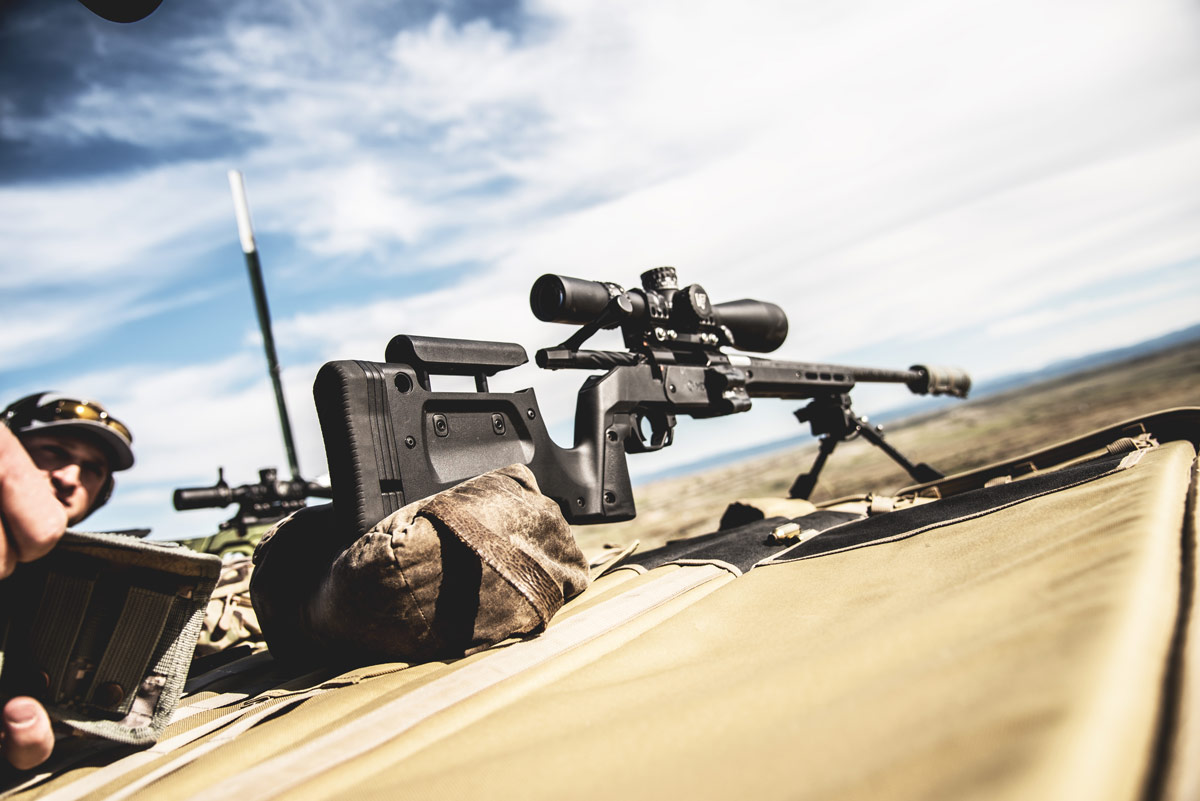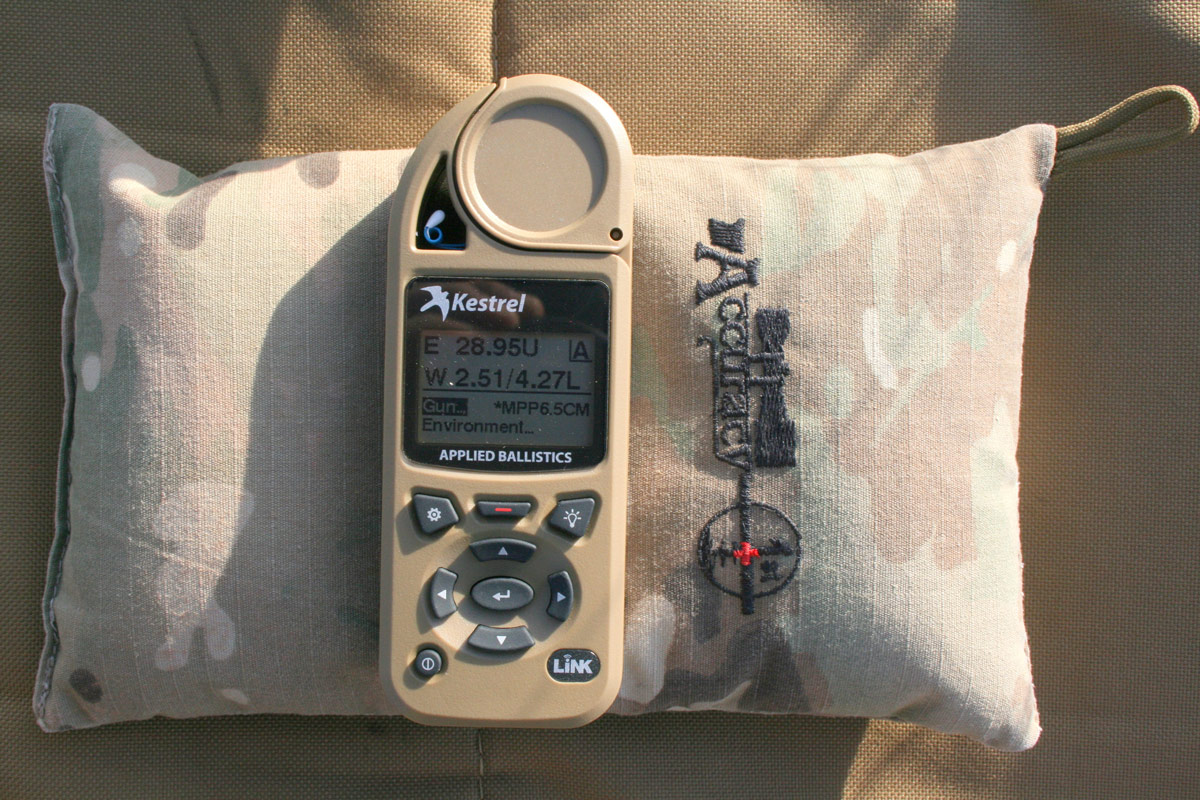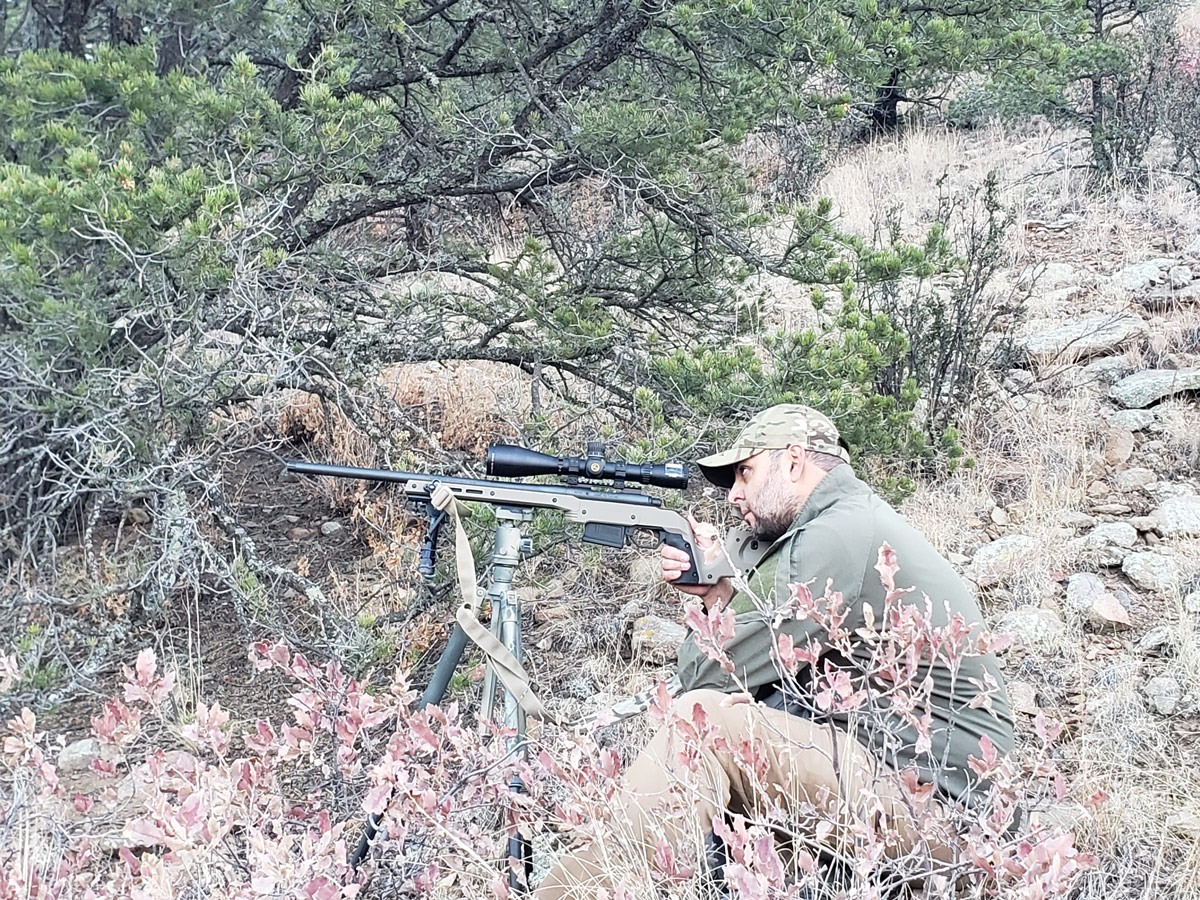Posted by Thomas Gomez on 2021 Nov 25th
Some Thoughts on Long Range Hunting
Editors note. In this article, we touch on the gear necessary for long-range shooting. We will be doing a multi-part series covering all aspects of long-range shooting that will cover gear selection, training, and general knowledge.
Long-range hunting is controversial. Detractors contend that the practice is not "hunting," while proponents argue long-range hunting blends multiple technical disciplines and offer additional challenges. In the last decade, an explosion of equipment and gear has made long-range shooting easier and more accessible to the general public. World-class training facilities have popped up all over the United States, and scores of internet sites have legitimate information regarding the discipline.
Is long-range hunting ethical? I will not attempt to answer that question because it depends on the person. However, there are cases when long-range shooting is a good skill set to have available on a hunt. Regardless, training out to extended distances will improve your marksmanship. Shooting long-range requires both specific gear and necessary skills, and there are practical considerations for harvesting animals at long distances. The long-range industry has yet to define what constitutes "long-distance"; for this article, anything past 500-yards is a long-range shot.
What equipment do you need to shoot long range? I wish I could say that you only need one or two pieces of critical gear, but long-range shooting is all about precision. Before you fire your first shot at paper, let alone an animal, every variable needs to be accounted for. You will need an accurate rifle, a premium riflescope, consistent ammunition, laser rangefinder, ballistic calculator, wind meter, a small weather station, and data. Lots of data. What are the most important variables you need to account for? Distance to target, temperature, barometric pressure, density altitude, wind speed, wind direction, and your angle of fire. The only way to gather this data is to leverage technology. Let's look at the gear mentioned above in greater detail.
RIFLE AND SCOPE
The bedrock for long-range shooting is an accurate rifle and a reliable riflescope. Using the ammunition you intend to hunt with, the gun must shoot three-shot, sub-1-inch groups at 100 yards. Your rifle should be optimized for shooting both prone and supported via natural barriers or a tripod. Rear bags, bipods, and tripods supply a solid foundation for a precise shot. A reliable scope with a milliradian or minute-of-angle reticle is also required, along with adjustable elevation and windage turrets.

AMMUNITION AND VELOCITY
Modern hunting ammunition is designed to expand at 1700 feet per second (fps). When shooting at medium to large-bodied game, I want my bullet to hit with a minimum of 1000 ft/lbs of energy. If your bullet slows below 1700 fps, it will not reliably expand and may pass through the animal, as a broadhead arrow would. In that case, you need to shoot the animal in the heart or lungs to achieve a clean and efficient kill. I don't recommend head-shots at 100 yards, let alone past 500 yards. Look for a hunting bullet designed as both a match grade and hunting round. These rounds have even velocities and high ballistic coefficients. Buy a few hundred rounds of the same ammunition lot. Lots have slight velocity variations and, as you go through the process of building out your data books, consistent ammunition allows you to gather data that will lead to success. If you have the skillset, reload your own ammunition.

If you are serious about long-range hunting, you need to spend hours behind your rifle.
LASER RANGE FINDER
"Guestimating" range is fine - if you are one of those hunters who zeroes "a few inches high at 100 yards, then points and shoots out to 300 yards." There is no room for guesswork, however, when it comes to long-range shooting. Use a laser range finder to determine the distance of your target. You can use a reticle to "mil" your target, but I don't recommend it. Using a reticle eats up precious time better used to study the wind, which is a key reason why people miss when shooting long-range. The more you push the distance, the more small errors stack up, and the probability of a miss increases. Keep it simple and use a range finder. If you cannot range your target, do not take a shot.
BALLISTIC CALCULATOR
To shoot long-range, you need a ballistic calculator. A ballistic calculator requires that you input key data about your rifle, rifle scope, and ammunition, then situational and atmospheric data: target distance, elevation, temperature, humidity, barometric pressure, wind direction, and wind speed. This data is gathered using a handheld weather station and anemometer (wind meter). This data must be gathered at your position. After inputting the above data, the ballistic calculator tells you how to correct for elevation and wind. Two ballistic calculators I recommend are Hornady 4 DOF and Applied Ballistics. Both can be downloaded to a mobile device and carried in the field. I personally use a Kestrel Applied Ballistics weather meter to get atmospheric, elevation, ballistic, and wind data.

Applied Ballistics Kestrel. Necessary kit for long-range shooting and hunting.
IS THERE A TIME TO SHOOT ANIMALS AT LONG-RANGE DISTANCES? YES.
Due to physical limitations, some hunters cannot sneak around the woods and may be confined to horseback or all-terrain vehicles. Long-range shooting allows mobility-impaired hunters to extend the effective range of their rifles and increase their chance of successfully harvesting an animal.
Long-range hunting gives you the chance to observe your quarry and wait for the perfect shot. Once an animal is spotted within your comfortable range, you can take your time and build a stable shooting position. You can gather all of the variables needed for a successful shot, and you can wait for the animal to give you the perfect broadside angle.
Long-range shooting is an awesome skill to have if you accidentally wound an animal. Even at conventional hunting distances, sometimes you take a bad shot and fail to kill your quarry. The animal may limp off, only to appear several hundred yards out of range. Being able to shoot long-range allows you the opportunity to take a second shot and finish the hunt.

Author harvesting a New Mexico mule deer at 128 yards. During training and preparation I pushed this rifle out to 1,272 yards.Thrilled that I only had to shoot 128 yards. MDT XRS, Remington 700 for the win.
PERSONAL THOUGHTS
I firmly believe that you should try to get as close as possible when taking a shot. Mastering the art of long-range shooting will make you a better hunter and give you the skills necessary to shoot long distances, should the need arise. When you can hit a 10-inch plate at 800 yards on-demand, shooting a deer broadside at 275 yards is easy. If you honestly want to get into long-range hunting, buy the best gear possible and pursue long-range training. Q-Pro Defense in Albuquerque offers precision rifle classes that will train you out to 1,000 yards. I also recommend Accuracy 1st/Todd Hodnett, Snipers Hide/Frank Galli, Modern Day Sniper, Max Ordinate Academy, Ghost Ring Tactical, and CMP/Charlie Mike Precision. I have shot or trained with all of the above cadres, and they are all world-class instructors.
If you are not 100% confident in your gear or data, don't take the shot. Your game deserves to be dispatched quickly and efficiently. If you can't read the wind, don't have a perfect shooting position, or can't get breathing or heart rate under control...don't take the shot. When in doubt, don't take the shot.
ABOUT THE AUTHOR
Thomas Gomez is the founder and C.E.O. of High Desert Rifle Works. He has over ten years in the Healthcare, Tech, and Outdoor Industries, working as an analyst, researcher, consultant, writer, and program manager. Thomas has an M.B.A. from Western New Mexico University, numerous armorer certifications, and teaches precision rifle for Q Pro Defense. He spends his free time ranching, farming, fly-fishing, and hunting the high deserts and mountains of his native New Mexico. He can be reached via Instagram @highdesertthomas.


 CAD
CAD
 Euro
Euro
